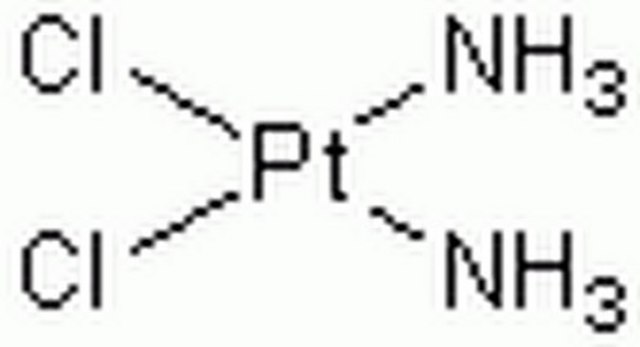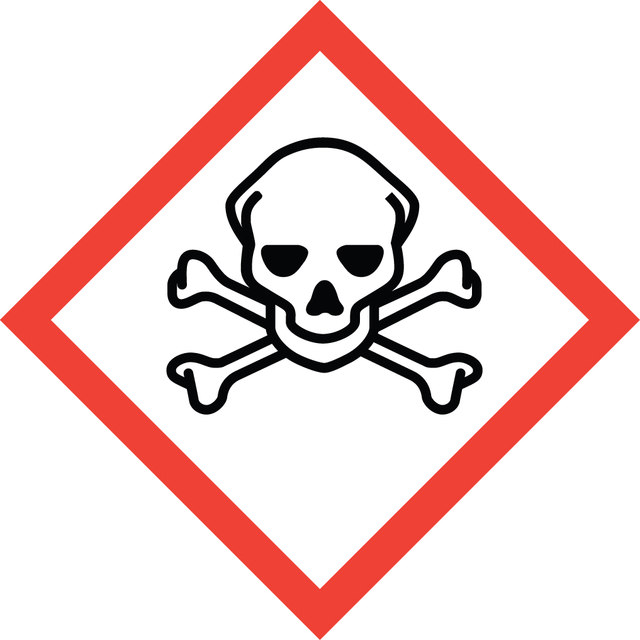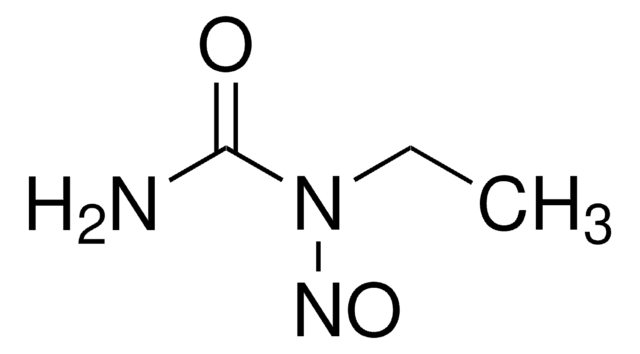Passer à
P4394
cis-Diammineplatinum(II) dichloride
≥99.99% (trace metal analysis), crystalline, macrophage activator
Synonyme(s) :
cis-Dichlorodiammine platinum(II), cis-Platinum(II) diammine dichloride, Cisplatin
About This Item
Produits recommandés
Product Name
cis-Diammineplatinum(II) dichloride, crystalline
Forme
crystalline
Niveau de qualité
Couleur
yellow
Pf
270 °C (lit.)
Spectre d'activité de l'antibiotique
neoplastics
Mode d’action
DNA synthesis | interferes
Auteur
Corden
Chaîne SMILES
N.N.Cl[Pt]Cl
InChI
1S/2ClH.2H3N.Pt/h2*1H;2*1H3;/q;;;;+2/p-2
Vous recherchez des produits similaires ? Visite Guide de comparaison des produits
1 of 4
Cet article | C2210000 | BP809 | 232120 |
|---|---|---|---|
| form crystalline | form - | form solid | form solid |
| Quality Level 200 | Quality Level - | Quality Level - | Quality Level 100 |
| color yellow | color - | color - | color yellow |
| originator Corden | originator - | originator - | originator - |
| mp 270 °C (lit.) | mp 270 °C (lit.) | mp 270 °C (lit.) | mp - |
| antibiotic activity spectrum neoplastics | antibiotic activity spectrum - | antibiotic activity spectrum - | antibiotic activity spectrum - |
Application
- in cell viability measurement in cochlear explants[1]
- in the inhibition of cell proliferation and chemosensitivity in ovarian cancer cell lines[2]
- in MTT [3-(4,5-Dimethylthiazol-2-yl)-2,5-Diphenyltetrazolium Bromide] cell viability assay in oral squamous cell carcinoma[3]
Actions biochimiques/physiologiques
Caractéristiques et avantages
Stockage et stabilité
Mention d'avertissement
Danger
Mentions de danger
Conseils de prudence
Classification des risques
Acute Tox. 2 Oral - Carc. 1B - Eye Irrit. 2 - Resp. Sens. 1 - Skin Irrit. 2 - Skin Sens. 1 - STOT SE 3
Organes cibles
Respiratory system
Code de la classe de stockage
6.1B - Non-combustible acute toxic Cat. 1 and 2 / very toxic hazardous materials
Classe de danger pour l'eau (WGK)
WGK 3
Point d'éclair (°F)
Not applicable
Point d'éclair (°C)
Not applicable
Faites votre choix parmi les versions les plus récentes :
Déjà en possession de ce produit ?
Retrouvez la documentation relative aux produits que vous avez récemment achetés dans la Bibliothèque de documents.
Les clients ont également consulté
Articles
We presents an article on ABC Transporters and Cancer Drug Resistance
Contenu apparenté
Apoptosis, or programmed cell death (PCD), is a selective process for the removal of unnecessary, infected or transformed cells in various biological systems. As it plays a role in the homeostasis of multicellular organisms, apoptosis is tightly regulated through two principal pathways by a number of regulatory and effector molecules.
n proliferating cells, the cell cycle consists of four phases. Gap 1 (G1) is the interval between mitosis and DNA replication that is characterized by cell growth. Replication of DNA occurs during the synthesis (S) phase, which is followed by a second gap phase (G2) during which growth and preparation for cell division occurs. Together, these three stages comprise the interphase phase of the cell cycle. Interphase is followed by the mitotic (M) phase.
Notre équipe de scientifiques dispose d'une expérience dans tous les secteurs de la recherche, notamment en sciences de la vie, science des matériaux, synthèse chimique, chromatographie, analyse et dans de nombreux autres domaines..
Contacter notre Service technique







